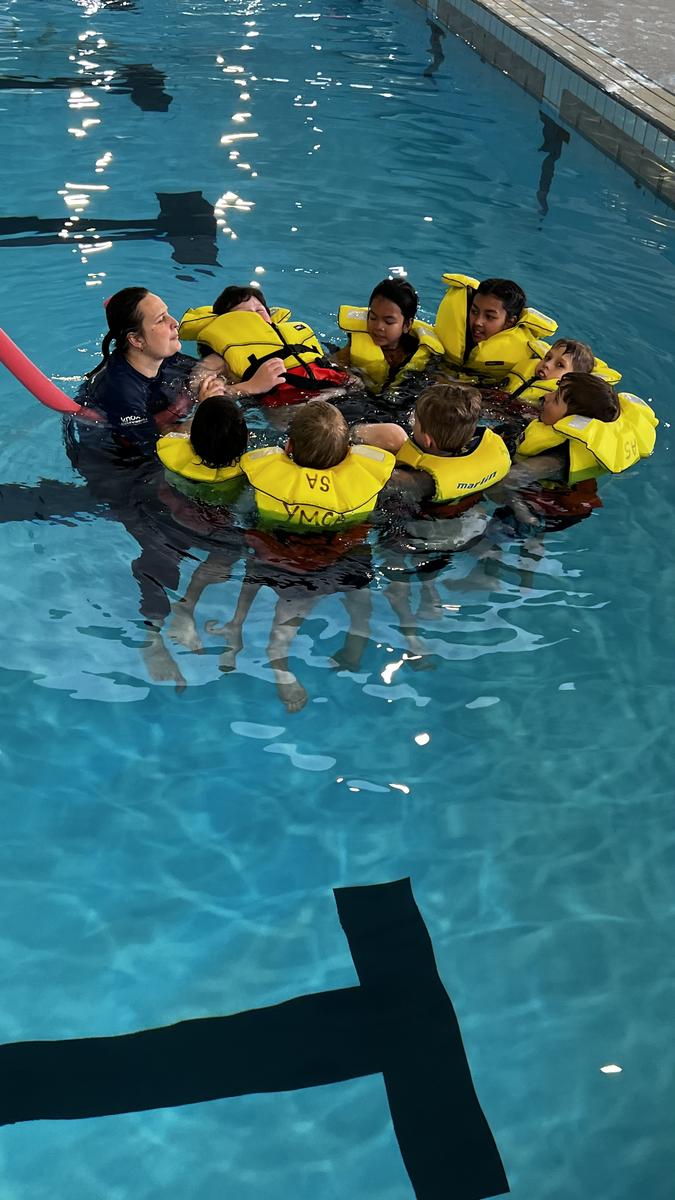Curriculum- Teaching and Learning

School Wide Teaching and Learning
In each edition of our school newsletter, we share with our community an insight into the curriculum being taught within our classrooms. This reflects our school's strong focus upon continuous improvement.
Each edition covers a different area of the curriculum, and is supported by our school-wide approaches to teaching and learning.
In this edition we provide you with an overview of learnings across the last fortnight within our classrooms.
What is The Concrete Pictorial Abstract (CPA) Approach And How To Use it in Primary Maths
At schools across Victoria, we utilize the CPA approach to help students with their mathematical understanding. The following is a summary of what this actually means in a classroom:
The Concrete Pictorial Abstract (CPA) approach is a system of learning that uses physical and visual aids to build a child’s understanding of abstract topics.
Pupils are introduced to a new mathematical concept through the use of concrete resources (e.g. fruit, unifix blocks etc). When they are comfortable solving problems with physical aids, they are given problems with pictures – usually pictorial representations of the concrete objects they were using.
Then they are asked to solve problems where they only have the abstract i.e. numbers or other symbols. Building these steps across a lesson can help pupils better understand the relationship between numbers and the real world, and therefore helps secure their understanding of the mathematical concept they are learning.
Why use the Concrete Pictorial Abstract approach in Maths?
Pupils achieve a much deeper understanding if they don’t have to resort to rote learning and are able to solve problems without having to memorise.
When teaching reading to young children, we accept that children need to have seen what the word is to understand it. Putting together the letters c- a- t would be meaningless and abstract if children had no idea what a cat was or had never seen a picture.
People often don’t think of this when it comes to maths, but to children many mathematical concepts can be equally meaningless without a concrete resource or picture to go with it.
For more information on CPA visit this parent-friendly resource which is written in plain-English:
Talk Moves- our agreed conversational norms for classroom talk
At Upwey South Primary School, part of our teaching and learning curriculum involves 'conversational norms'.
Conversational norms are the agreed ways we communicate during classroom and/or group settings.
The purpose of establishing conversational norms is for speakers to be able to contribute without interruption, and for all views to be respectfully supported and/or challenged.
Please click on the links below to see our talk moves in action, which are based upon Auslan.
I agree. I connect with your thinking and/or behaviour.
I understand.
I understand and have one idea, statement or comment.
I understand and have two ideas,statements or comments.
I don't understand and need some assistance. (Help)
I respectfully disagree.
I am choosing to ignore your behaviour.
Extra-Curricular Opportunities Beyond the Traditional Classroom
As part of our School Strategic Plan (2022-2026) we have a focus upon creating even stronger Student Voice, Agency, and Engagement; alongside the continuous improvement of our traditional/core curriculum.
Please be aware that the extra-curricular opportunities referenced in this post are beyond existing opportunities, such as the Victorian State Schools Spectacular (VSSS), John Monash Science School (JMSS), school choirs, interschool sport, arts initiatives, and other opportunities which have been previously communicated throughout this term.
Teaching and Learning Programs across USPS are delivered through direct-explicit instruction, and are facilitated through our school-wide instructional model, the Gradual Release of Responsibility (GRR).
The academic curriculum is supported by a strong social-emotional learning culture, which is based upon the BSEM and SWPBL.












